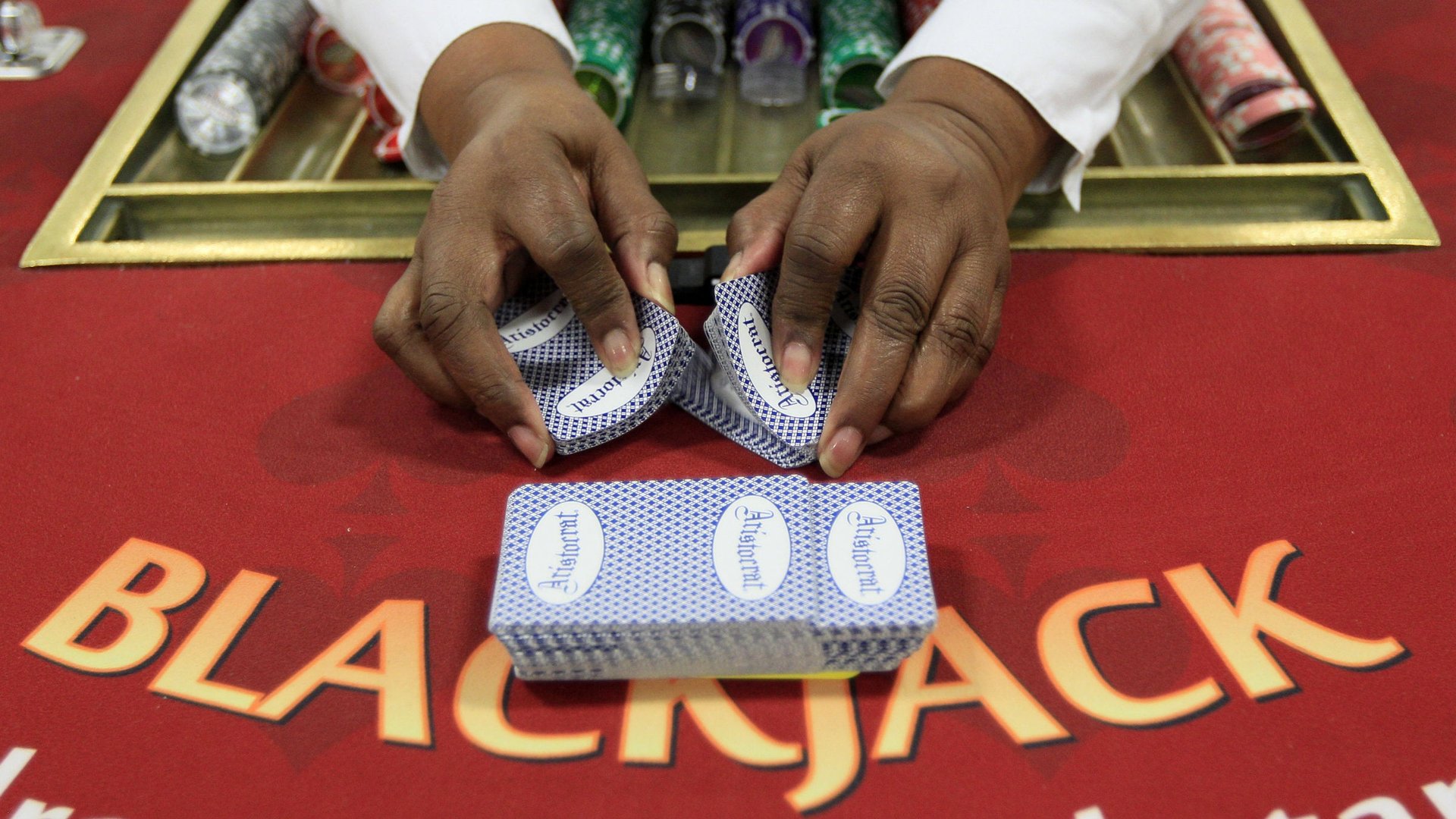From the petri dish to the boardroom, cheaters get caught
Look no further than your daily bread—and the yeast that makes it rise—for a lesson on organizational dynamics.


Look no further than your daily bread—and the yeast that makes it rise—for a lesson on organizational dynamics.
A new study published by MIT researchers in the journal PLOS (Public Library of Science) Biology finds that in cooperative yeast colonies, freeloaders can survive until environmental conditions change; in an unstable environment, the cheaters don’t survive. In evolutionary theory, natural selection, which happens at the individual level, has been shown to favor cheating, or relationships in which organisms benefit at the cost of other organisms. Think of overfishing in China or the worker bee who cheats by reproducing (even though that’s supposed to be the sole job of the queen).
This experiment turns that theory on its head and demonstrates an interesting development in our understanding of cooperation. From an MIT News article on the study:
The experiments … beautifully illustrate the central dilemma in the evolution of cooperation. The yeast society depends on cooperation, but if cooperation is plentiful, ‘cheaters’ can exploit the generosity of others. This leads to cycles of cooperation and exploitation.
Cooperation among organisms complicates our understanding of natural selection, since those forces are known to act on the individual. Whether humans can really be altruistic is still debated among psychologists and anthropologists. But the yeast study provides another framework for thinking about cheating and cooperation. It is in line with a 2012 study from the Max Planck Institue for Evolutionary Anthropology (pdf) that explores cooperation as behavior that animals participate in for mutual benefit and social selection weeds out the cheaters.
So do we see this at work in every day life? Let’s apply it to the workplace—the perfect microcosm of a collaborative group with competing individuals.
Here, the key takeaway from the yeast research might be that “giving is the key to getting ahead,” a theory made popular recently by Wharton professor and author Adam Grant.
Known for the extreme degree in which he extends himself to colleagues, students, and mere strangers, Grant breaks people into three categories: givers, takers, and matchers, defined as those who give and take in equal quantity.
The most successful givers, Grant explains, are those who rate high in concern for others but also in self-interest. And they are strategic in their giving—they give to other givers and matchers, so that their work has the maximum desired effect; they are cautious about giving to takers; they give in ways that reinforce their social ties; and they consolidate their giving into chunks, so that the impact is intense enough to be gratifying.
In a stressful environment, like work, it’s natural to look out for yourself. But as a recent Atlantic story on Grant’s book points out, being a giver can protect against stress and make the workplace more fulfilling.
Like cooperative yeast colonies, tough times should kill off any freeloaders or takers—if they haven’t gotten the message first.